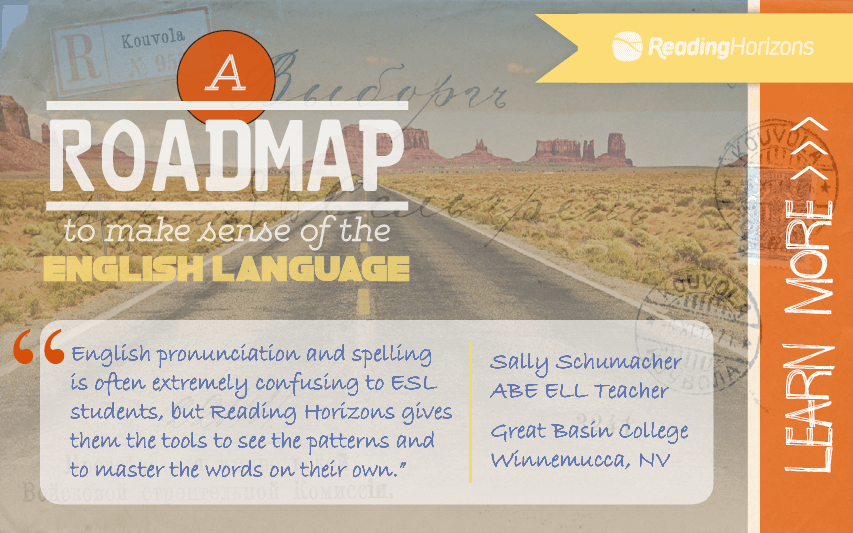By Guest Writer, Robin Merrill
People learn to read better when they’re having fun. They relax and lose some of the anxiety that often comes with learning to read a new language. Here are five English activities to make ELL reading instruction a little more fun!

1. Play Trivia
You will likely want to write some questions out ahead of time. Make the questions really easy—it’s not the content we’re learning, but how to communicate questions and answers. You may vary the difficulty of the questions based on the age and skill level of your students. If you are teaching a diverse group of learners, you may even want to target specific students with specific questions, e.g., give the more advanced students the more difficult questions. You can make it more fun by handing out buzzers or bells—the first person to “ring in” gets to answer the question. Just make sure that everyone gets a turn.
2. Role Play
Set up specific scenarios in your classrooms, scenarios that your students will likely face. Have one student order a pizza from another student. Have a student ask for directions. Or have one student invite another student to a party. Some students will need your help to get through the scene. Other students will be able to get through a scene without assistance. For more advanced learners, there is immense value in being the secondary role player, e.g., the person receiving the pizza order or the party invitation.
3. Turn on the Subtitles!
Find a television program that is appropriate for your class’ age and learning level. (Humor is a plus.) Watch the program with closed captioning. The students will hear the words, see the people speaking, and see the text all at the same time!
4. Play Word Association
Have the students sit in a circle. Start the game with a simple word and ask the person to your left to say the first (English) word that comes to mind. Then, the person to his or her left should say the first word that comes to his or her mind. Be sure to stop every so often to debrief and define any mysterious words. A variation of this game is to have each student say a word that begins with the last letter of the previous word, e.g., word, donkey, yodel, loon.
5. Play Word Lottery
Before class, print out dozens of simple nouns and verbs. Cut them into little slips of paper and put them into a hat or bag. Invite each student to draw two words from the hat (you can use more for more advanced students). Give them each a minute to come up with a sentence that uses those two words, and makes sense. Then invite each of them to share their sentence with the class. Collect the words and go again. It’s okay to repeat words, as the repetition helps!
Pinterest Reference Guide:

More ESL Teaching Tips:
Supporting ESL Students: 10 Tips For Mainstream Teachers
The Essential, But Often Forgotten Aspect of Effective ESL Reading Instruction
Differentiated Reading Instruction for Multilevel Adult ESL Classrooms – Webinar Q&A
4 Key Differences in Teaching ESL to Adults vs. Children
Robin Merrill is a children’s book author, teacher, and writes for Teacher Certification Degrees, a career site providing teacher interviews and resources for individuals interested in becoming a teacher.

